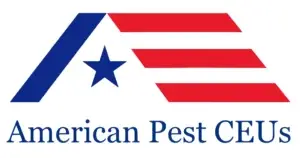Structural Pest Control and Pesticides – Structural Recertification Requirements in North Carolina are as follows:
Structural Pest Control Certification and Licensing is divided into three phases, according to the type of work performed. A person may be licensed or certified in any or all phases:
- Phase P – Household pests (cockroaches, fleas, silverfish, ants, rodents, etc.) by any method other than fumigation.
- Phase W – Wood-destroying organisms (termites, powderpost beetles, fungi, etc.) by any means other than fumigation.
- Phase F – Fumigation (to apply pesticides that control pests as a gas). This phase is not required for aerosols, fogs, mists, or ULV/ULD applications.
Certified applicators and licensees are certified for a five-year period. Structural Pest Control years start on July 1st and continue to the following June 30th.
A Commercial Certified Applicator (CA) is employed by a Structural Pest Control Licensee to perform for-hire pest control services. Commercial Certified Applicators are required to complete CCUs in 3 unique years of the 5-year recertification period. The total amount of CCUs required are:
- One phase CA Card – 5 CCUs in the card phase + 5 additional CCUs in any approved Structural Pest Control course. Minimum CCU total = 10 credits.
- Two phase CA Card – 5 CCUs in each card phase + 5 additional CCUs in any approved Structural Pest Control course. Minimum CCU total = 15 credits.
- Three phase CA Card – 5 CCUs in each card phase + 5 additional CCUs in any approved Structural Pest Control course. Minimum CCU total = 20 credits.
Courses repeated within the same 5-year period will only count once for recertification purposes. CCUs earned during a recertification period do not carry forward to the next period.
Structural Pest Control and Pesticides – Pesticide Recertification Continuing Education Credit Options
Click here to select CCU courses from American Pest CEUs comprehensive list of North Carolina Pesticide CCU courses.
Additional Requirements for Commercial Applicators/Public Operators, Dealers, & Consultants:
The required credits for each category must be obtained over at least two years within the five-year certification period. This applies to EACH category.
Single Category: Individuals who are certified in one category must complete the total required credit hours for that category.
Multiple Categories: Individuals who are certified in two or more categories must obtain the total required credits for the category with the highest credit requirement, and three credit hours for each additional category. (See note below for applicators licensed in the category Demonstration & Research)
Adding a Category: Your recertification date does not change when you add a category to your license. You must earn the required credits for your new category by your current recertification date, and the credits must be earned in two calendar years. Exception: If you add a category in final year of your certification, the added category will automatically advance into the next certification period.
Demonstration & Research: Demonstration & Research always requires 10 credit hours.
- Applicators that are licensed in Demonstration & Research and one other category must complete 10 credit hours in Demonstration & Research and the total required credit hours for the other category.
- Applicators that are licensed in Demonstration & Research and two or more other categories must complete the 10 credit hours in Demonstration & Research, complete the total credit hours for the category that has the highest credit hour requirement, and three credit hours for each remaining category.
Example: If an applicator is licensed in N, L, A, and G; the credit hours required are: N: 10, L: 10, A: 3, and G: 3
Additional Requirements for Private Applicators
Adding a Category: Your recertification date does not change when you add a category to your Private Applicator card. You must earn the required credits for your new category by your current recertification date.
Exception: if you add a category in same year that you will recertify, you do not need to earn any credits for that category for this certification period.
Additional Requirements for Aerial Applicators
Multiple Specialty Categories: Aerial applicators with multiple specialty categories must earn 3 credits for any one category and one credit for each additional category on their Aerial License (during the 2 year certification cycle). Example: if licensed in P, O, and B categories, the credits required are: P: 1, O: 3, B: 1.
Adding a Category: Your recertification date does not change when you add a category to your license. You must earn the required credits for your new category by your current recertification date.


